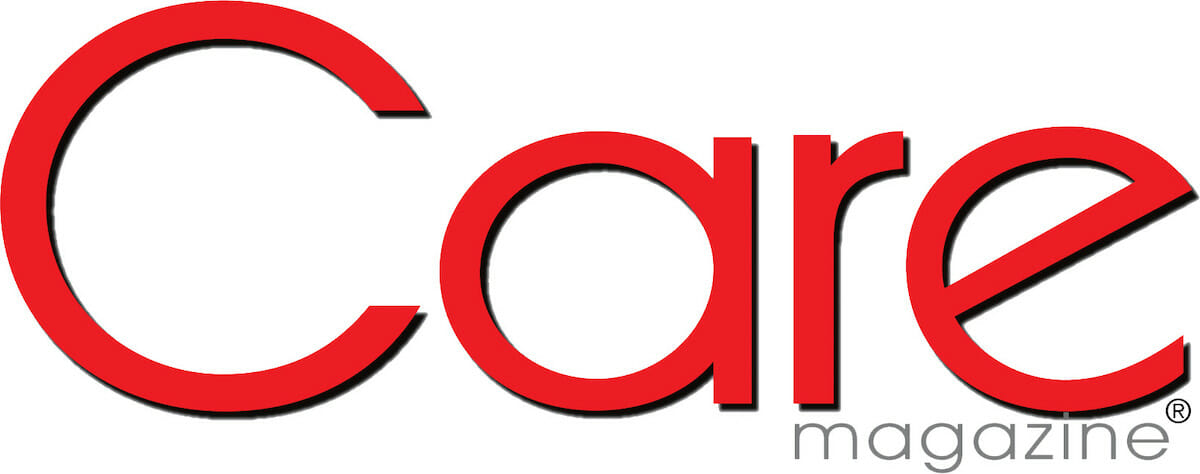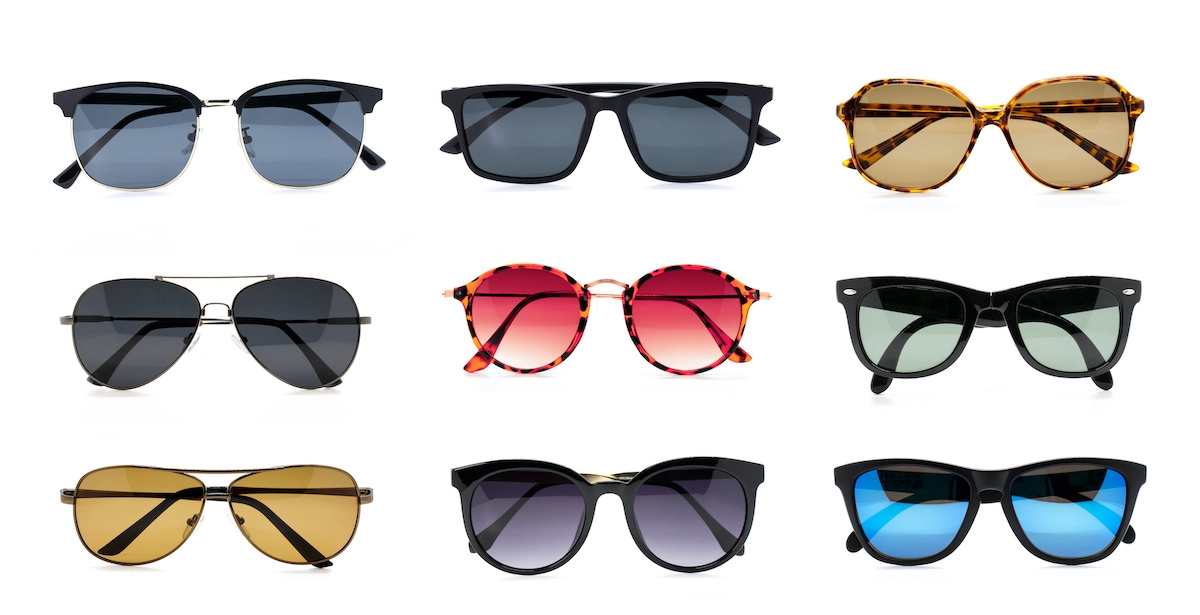
Sunlight, specifically ultraviolet (UV) radiation, has been linked to several eye conditions, including cataracts and early onset age-related macular degeneration. It’s hard to avoid the sun, but it is easy to protect your eyes by wearing sunglasses. Sunglasses need not bear a designer label or cost hundreds of dollars to do their job properly.
Sunglasses are labeled according to guidelines for UV protection established by the American National Standards Institute (ANSI). The two forms of UV light that affect health include:
UVA, which is responsible for skin tanning and aging.
UVB, which is linked to sunburn and skin cancer; a large portion is absorbed by the atmosphere’s ozone layer.
Before buying sunglasses, look at the ANSI label; even inexpensive sunglasses can be effective.
Cosmetic: Lightly tinted lenses, good for daily wear. Blocks 70% of UVB rays, 20% of UVA, and 60% of visible light.
General purpose: Medium to dark lenses, fine for most outdoor recreation. Blocks 95% of UVB, 60% of UVA, and 60% to 90% of visible light. Most sunglasses fall into this category.
Special purpose: Extremely dark lenses with UV blockers, recommended for places with very bright conditions such as beaches and ski slopes. Blocks 99% of UVB, 60% of UVA, and 97% of visible light. A darker looking lens may not provide better UV protection than a lighter lens.
If you aren’t sure what kind of sunglasses to buy or think you may be at high risk for eye disease, check with your eye doctor.
For more information on the prevention and treatment of diseases in your eyes, consider buying “the Aging Eye”, a special health report from Harvard Medical School at http://www.health.harvard.edu/promotions/harvard-health-publications/the-aging-eye-preventing-and-treating-eye-disease.
Source: www.health.harvard.edu












